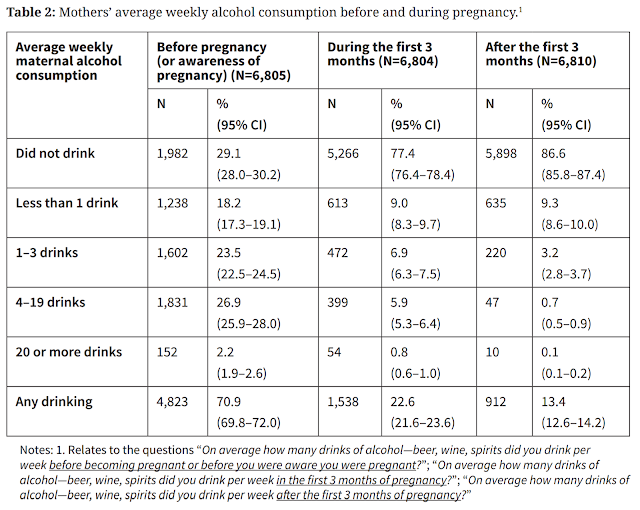I have a bit of fun in this week's Insights newsletter. Our first column tends to hit the big issue of the week; our second one generally hits a bit of our research work; the third one's where we play.
It was the year 2019 and Kiwis had had enough. It was time for legislation to finally protect the interests of those of us stuck in the car leasing market.The government's looking at strengthened tenant protection. But the best protection for tenants is a high apartment and rental home vacancy rate. If you don't let people build to keep up with demand, landlords have power. You can try to fix that with stronger tenancy tribunals and changes to mandatory provisions in tenancy agreements, but ever notice how we don't need car leasing tribunals?
It wasn’t always this bad. The market used to be able to keep up with demand for cars. Mostly. Sure, the cars available overseas were better and cheaper. Some overseas families even had more than one of them! Normal people couldn’t really get those cars here because of import controls.
The 1980s reforms hadn’t touched the car market. Petone still made lots of cars.
But the reforms had touched it indirectly. People saw the cars available overseas, either while travelling or on television, and wondered why the new ones here were of such poor quality and high cost by comparison – and why so many people were stuck driving old and run-down ones. Higher incomes built greater expectations.
The government tightened car regulations to try to close the gap, but that always wound up either making cars worse in other ways, or increasing prices for those who could least afford it, or both.
It was annoying, but we put up with it.
Fat-cat families with more than one car had started leasing their second cars to those who couldn’t afford one in the late 80s. Car ownership rates started their long decline. And we started seeing stories on how cars in Houston didn’t cost multiples of the median income.
The leasing market was never that nice. If the owner’s kid came back from OE a bit early, you might have to scramble to find another car in a hurry. You were usually stuck doing far more of your own maintenance than expected. And the lease price could jump at the owner’s discretion – take it or leave it.
The immigration boom made everything worse. Some brought their cars with them – lording their well-built Honda Civics over everyone else. But the rest simply added to the pressures on the car market. The local production plants just couldn’t keep up. People even wanted to ban immigration to restore automotive affordability.
Finally, in 2019, the government decided to really fix things and protect renters.
It opened the market to imports.
Scarcity is power. Fixing the rules that artificially constrain supply enables the best regulator of all: the competitor down the road.
Renting a house as easily as leasing a car doesn’t have to be science fiction.
I get that there are problems in the rental market. If the underlying problem is a low vacancy rate, and low vacancy rates give landlords power, regulation is like squeezing on a balloon - the constraint pops out in other places. And worry too that if the incidence of some of these measures now is on landlords in constrained markets, that incidence will flip once housing supply issues are eased.
It'll be worth revisiting whatever Labour puts in on tenancy protection if Twyford's housing supply measures prove successful.







